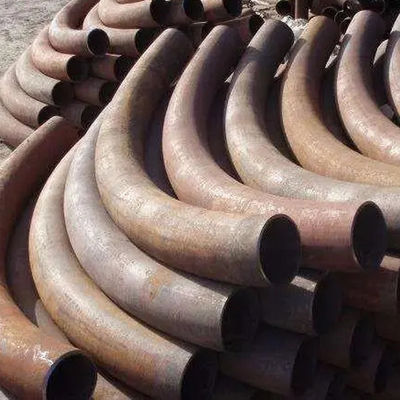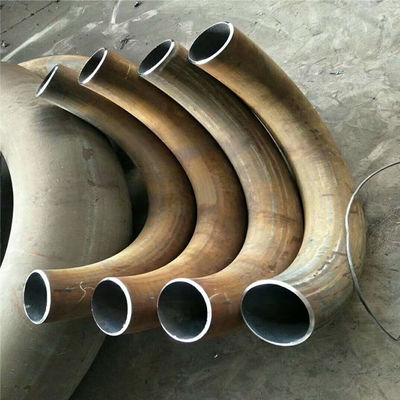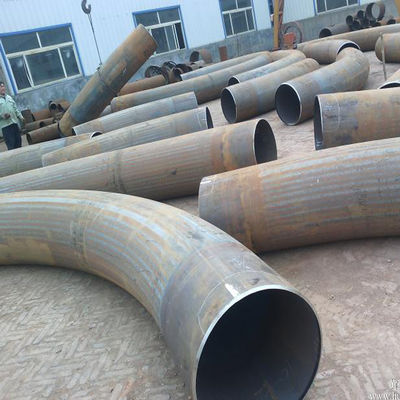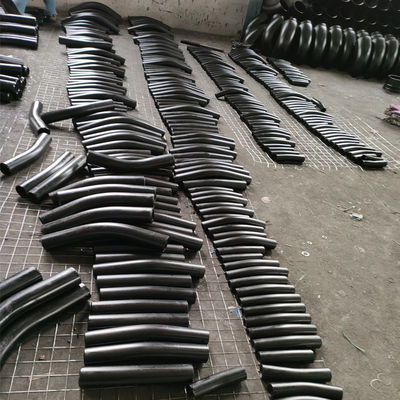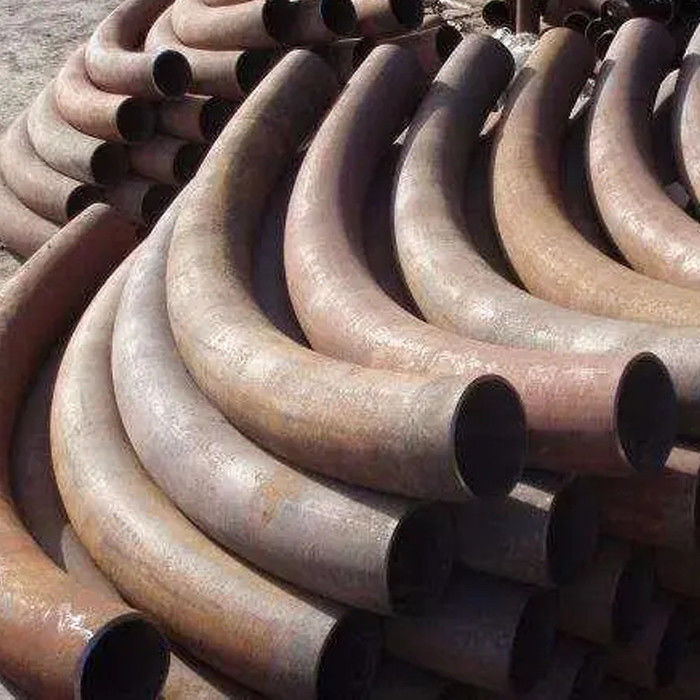6° 15°30° Equal Heat Galvanized Pipe Bends Steel Tubing Bends DN10-DN2000
Product Details:
| Place of Origin: | Hebei china |
| Brand Name: | Hebei Zexu |
| Model Number: | Order please contact customer service |
Payment & Shipping Terms:
| Minimum Order Quantity: | 10pieces |
|---|---|
| Price: | dollar 10-99pcs 30$ >100pcs 28$ |
| Packaging Details: | Wooden case packing |
| Delivery Time: | 5-10 working days |
| Payment Terms: | T/T |
| Supply Ability: | 5000pieces/Monthly number of pcs |
|
Detail Information |
|||
| Name: | Steel Bend | Material: | 20# |
|---|---|---|---|
| Technics: | Forged, Casting, Pushing, Butt Weld, Welding | Size: | DN10-DN2000 |
| Packet Forwarding: | Wooden Box Or Pallet | Usage: | Joining Pipe Lines, Oil Gas Water Industrial, Oil, Gas, Water |
| Highlight: | Galvanized Pipe Bends DN10,Steel Tubing Bends DN2000 |
||
Product Description
Various Degrees Of Bending Pipe 6° 15°30° Equal Heat Galvanized Bending Pipe 20# Carbon Steel Material
The bending pipe is bent by using a complete set of bending equipment, which is divided into two processes: cold simmering and hot pushing. No matter what kind of machinery and equipment and pipelines, most of them are used for bending pipes, mainly for oil transmission, gas transmission, transfusion, engineering bridge construction and so on.
20# is a simple formulation of 20 steel, which is a material in steel. Commonly used in the manufacture of seamless steel pipe, mold, high-quality carbon steel plate, channel steel, I-steel and other steel.
The carbon content of this material is about 0.2%. This material, relative to other excellent carbon steel, is also more common.
20 steel: the average carbon content is 0.17-0.23%, the average silicon content is 0.15-0.40%,
The average manganese content is 0.6-1.00%, the average sulfur content is ≤0.010%, the average phosphorus content is ≤0.025%,
It is used to make riveted, bolted and welded structural parts of all kinds of steel.
Refers to the carbon content, the carbon content is 0.2%, belongs to low carbon steel.
Steel can be divided into low carbon steel, medium carbon steel and high carbon steel.
Low carbon steel - carbon content is generally less than 0.25%;
Medium carbon steel - carbon content is generally between 0.25 and 0.60%;
High carbon steel - carbon content is generally greater than 0.60%.
In addition to containing carbon (C) element and containing a certain amount of silicon (Si) for deoxidation (generally not more than 0.40%), manganese (Mn)(generally not more than 0.80%, higher up to 1.20%) alloying elements, does not contain other alloying elements (except residual elements).
Steel with a carbon content of less than 2.1% is steel and iron with a carbon content of more than 2.1%.
The higher the carbon content in the steel, the worse the toughness, and the higher the iron content in the steel, the better the toughness.
The steel is a high-quality low-carbon carbon steel, cold extruded, carburized hardened steel. The steel has low strength, good toughness, ductility and weldability. The tensile strength is 253-500MPa, and the elongation is ≥24%.
Normalizing can promote spheroidization of the steel, refine large block proeutectoid ferrite, and improve the cutting performance of blank less than 160HBS.
The process route of the steel die parts is: blanking → forging die blank → annealing → mechanical roughing → cold extrusion forming → recrystallization annealing → mechanical finishing → carburizing → quenching, tempering → grinding and polishing → assembly.
(2) Supply state and hardness unheat treated state, hardness ≤156HBS.
(3) The chemical composition of standard JB/T 6057-92 steel (mass fraction, %) C 0.17~0.23, Si 0.17~0.37, Mn 0.35~0.65, P≤0.035, S≤0.035, Ni≤0.30, Cr≤0.15, Cu≤0.25.
![]()
![]()
![]()
![]()
![]()




